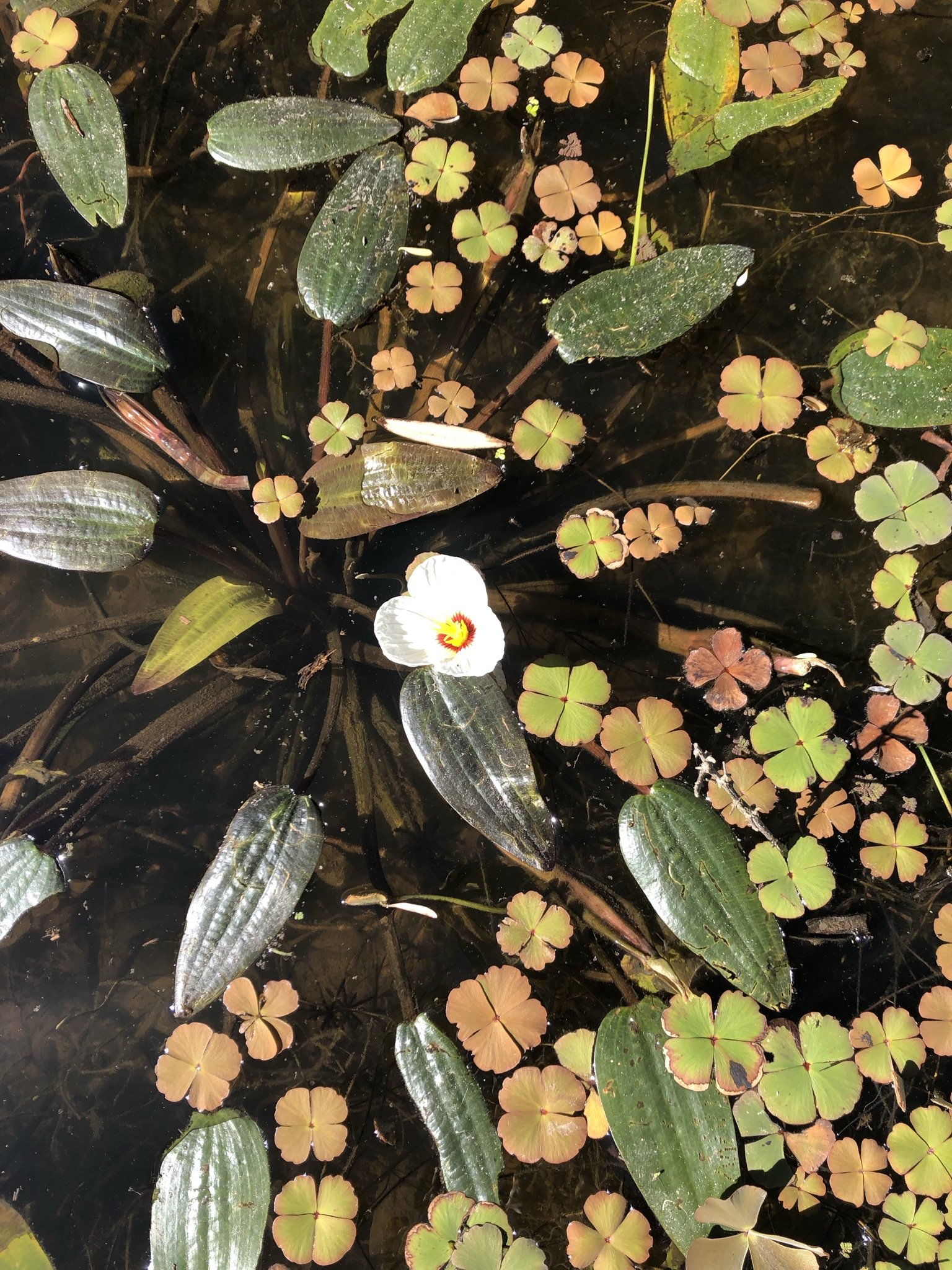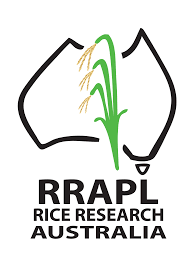
Spotted marsh frog ©MDWWG
Middle Wetland
-
PURPOSE
Middle Wetland is a large (264 Ha) black box dominated wetland with an understorey consisting of lignum and nitre goosefoot. It is a good representative of a black box woodland containing understorey shrubs such as lignum and nitre goosefoot. The wetland could also provide habitat for threatened species such as Australian painted snipe and the southern bell frog.
The wetland has an impediment restricting connectivity between the Billabong Creek and the north part of the wetland. The Southern part of the wetland receives ‘natural’ connectivity during high flows. However, the Northern proportion of the wetland was isolated from the floodplain until recently.
Middle wetland is managed by Rice Research Australia Pty Ltd, 20 km west of Jerilderie on the Billabong Creek. The landholders have demonstrated their commitment for environmental outcomes by securing conservation management agreements, and a 10-year Property Vegetation Plan over Middle Wetland through Murray Local Land Services and MDWWG for carbon and biodiversity outcomes in 2017.
The primary management objectives for Middle Wetland are to:
Improve the condition and extent of black box, nitre goosefoot and lignum.
Increase the availability of habitat for fauna (including frogs, waterbirds, and terrestrial birds).
Investigate germination and support the growth and recruitment of aquatic plant species.
Create suitable frog habitat for frog diversity and breeding.
-
APPROACH
Working with the land managers and using the recently installed infrastructure, water for the environment can now be delivered to the Northern proportion of the wetland and held to achieve a more natural wetting and drying cycle. By restoring a more natural watering regime to Middle Wetland, the environmental values of the Billabong Creek floodplain and Yanco Creek will be enhanced.
Environmental water is delivered through a collaborative arrangement with the Land Manager (Rice Research Australia Pty Ltd), the NSW Department of Planning and Environment – Environment and Heritage Group (DPE-EHG), Commonwealth Environmental Water Office (CEWO) and Murray Darling Wetlands Working Group.
-
OUTCOMES
Water for the environment was first delivered to Middle Wetland in September 2020, and since then the wetland has experienced:
An increase in aquatic vegetation health and diversity including for tangled lignum, nitre-goosefoot, common nardoo, common spike rush. Also, common swamp wallaby grass and cane grass re-established which had not been recorded previously.
An increase in bird diversity and abundance with 29 waterbird species and 25 woodland birds recorded.
Four frog species have been recorded including spotted marsh frogs, barking marsh frogs and the common eastern froglet.
Improved health of the surrounding black box community with flowering recorded.
-


Middle Wetland before watering ©MDWWG

Middle Wetland during watering ©MDWWG

Middle Wetland plants well established 3 months after watering ©MDWWG

Nardoo and potamogeton ©MDWWG

Middle Wetland open water ©MDWWG

Middle Wetland ©MDWWG
In partnership with:





